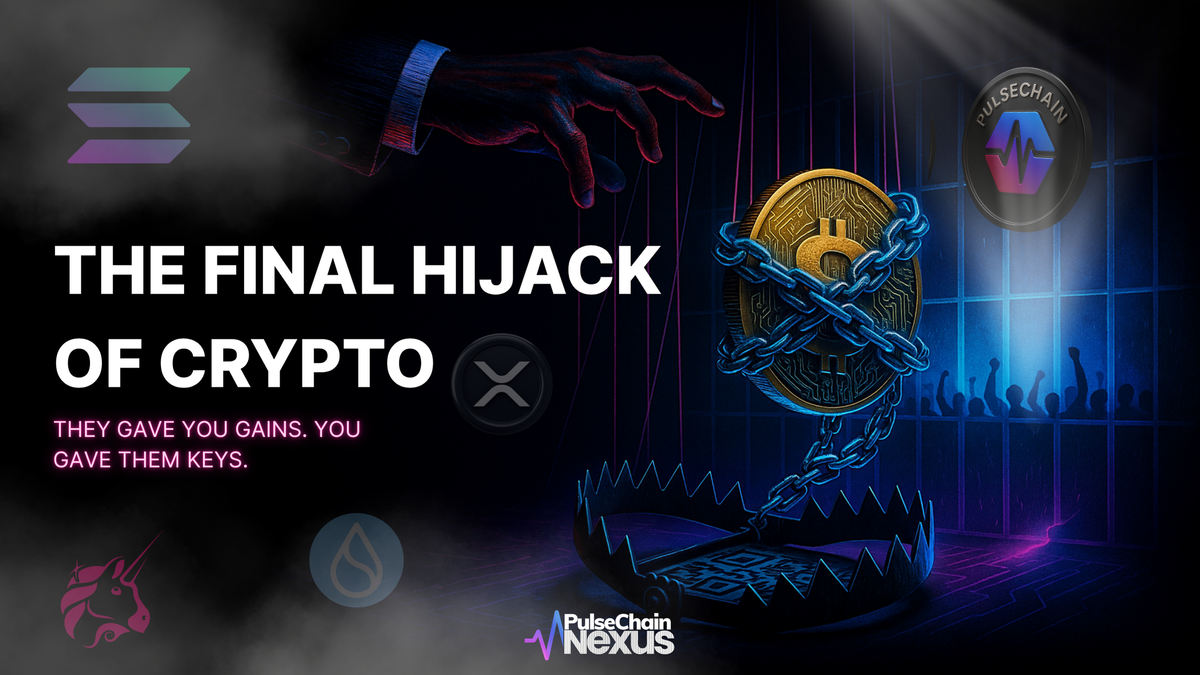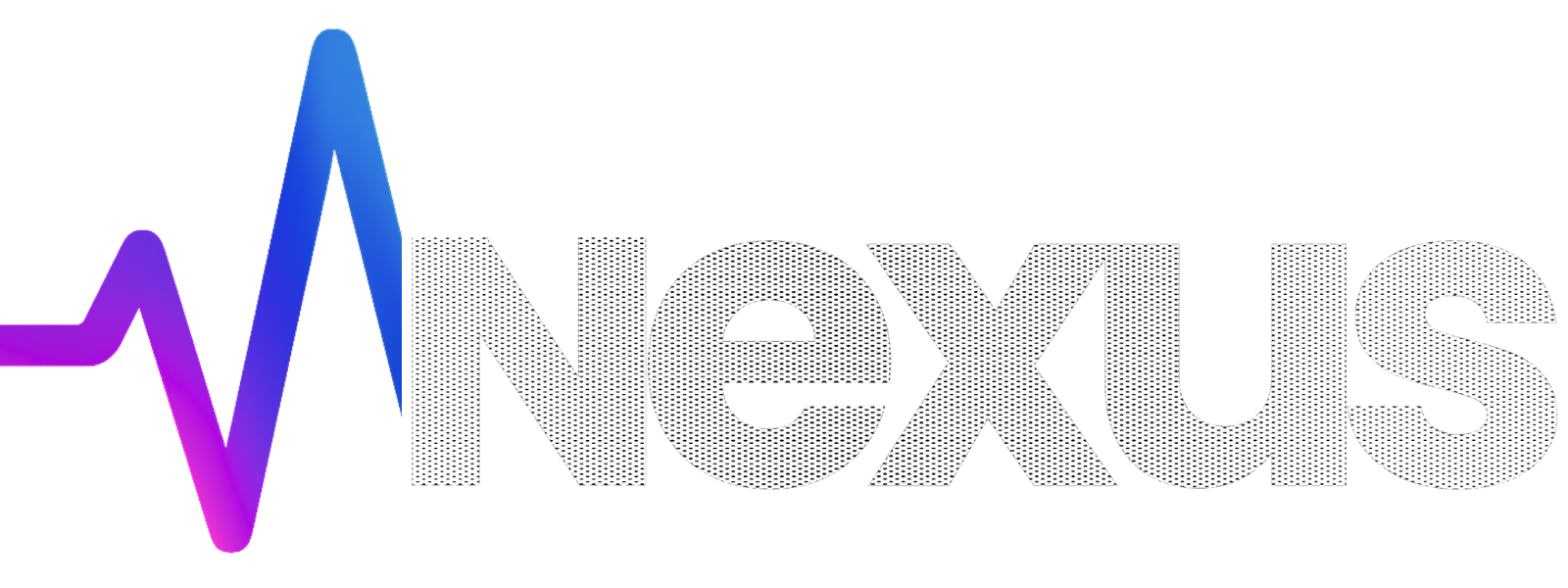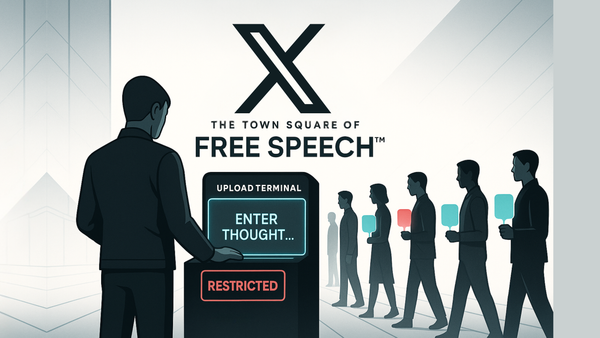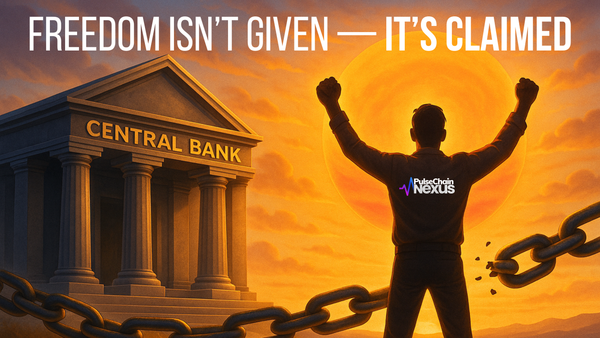The Real Crypto Revolution: What They Don’t Want You to Understand
This led to chains and tokens designed not for freedom, but for profit extraction. Centralized exchanges popped up, offering ease of use—but at a cost. Now you needed to hand your crypto to middlemen again. We went full circle.

In 2008, the world was crumbling. Banks were collapsing, economies were teetering, and trust in governments and financial institutions was shattered. Amid this chaos, a mysterious figure named Satoshi Nakamoto published a whitepaper titled Bitcoin: A Peer-to-Peer Electronic Cash System. It wasn’t just a document—it was a declaration of independence from the broken systems that governed our money.
Satoshi’s idea was simple, but revolutionary: what if we didn’t have to trust humans to manage money anymore? What if we could trust code instead—open source code that anyone could verify, that operated transparently and without bias? What if we could create digital cash that didn’t require banks, middlemen, or centralized control? Thus, Bitcoin was born. Not as a tech fad or a get-rich-quick scheme, but as a rebellion.
This rebellion had roots. Long before Bitcoin, there was a group known as the cypherpunks—digital anarchists who believed in privacy, encryption, and individual sovereignty. They saw what was coming: a future where our money, data, and freedom would be digitized and controlled by a handful of corporate and governmental overlords. They understood that if value was going to live on the internet, it needed to be trustless.
What does “trustless” mean? Trustless means you don’t have to trust anyone. The system is built so you can verify it yourself—no banks, no third parties, no need for human approval. Just math and open code that always works the same.





